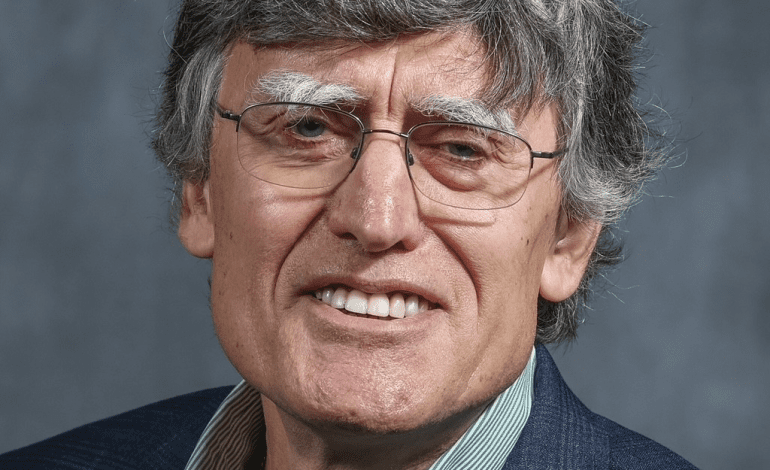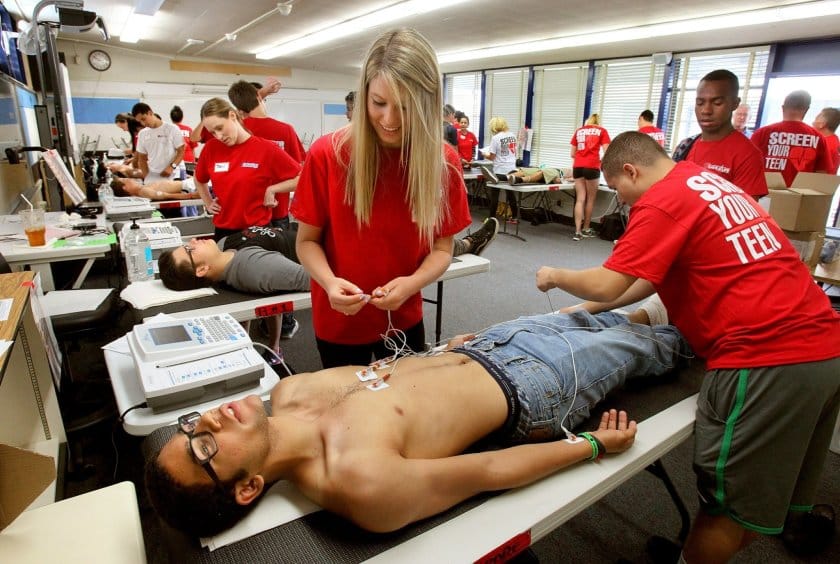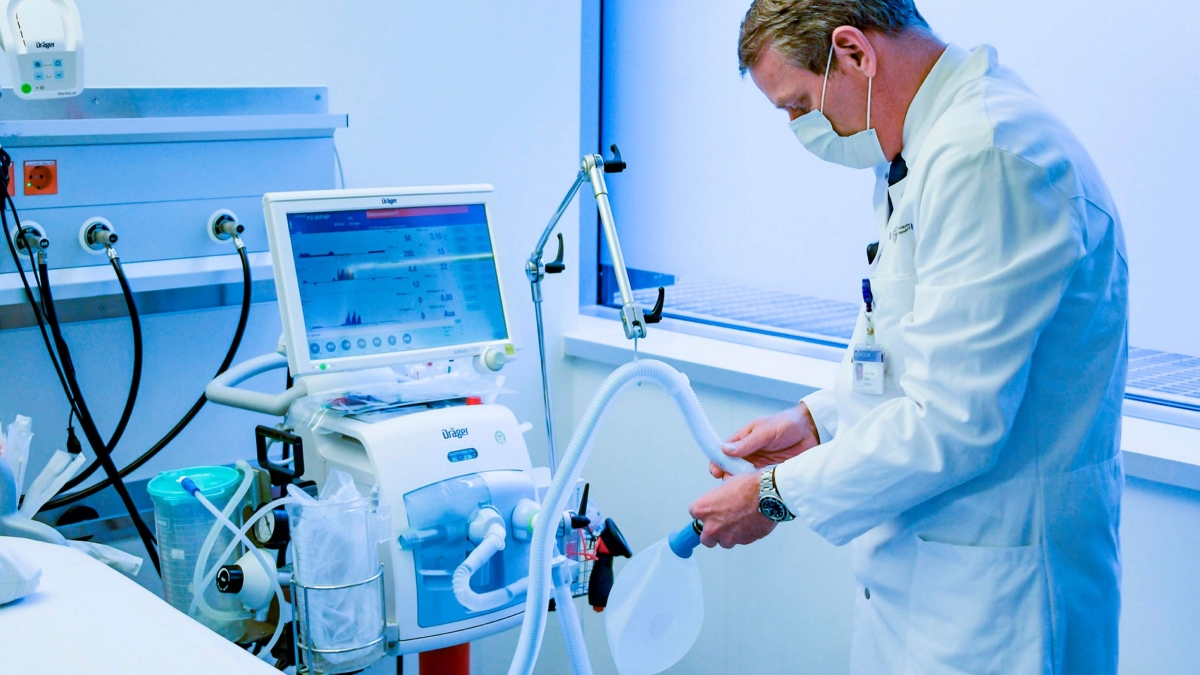The University of Texas at Tyler received a $971,195 grant
“None of this would be possible without the tremendous support of UT Tyler, especially President Julie Philley, MD. Her commitment to research and innovation has been instrumental in making projects like this a reality.”
Dr. Andrey Komissarov, The University of Texas at Tyler’s School of Medicine professor
TYLER, Texas (August 19, 2025) – The University of Texas at Tyler received a $971,195 grant from the National Institutes of Health to support research led by Dr. Andrey Komissarov, School of Medicine professor of cellular and molecular biology. Komissarov, in collaboration with biopharmaceutical company SignaBlok, will develop a drug to improve the treatment for empyema, a pleural infection that causes a buildup of infected fluid around the lungs.
The project will also create hands-on research opportunities for UT Tyler’s undergraduate, graduate, and medical students. Students will help conduct lab research, analyze data, and present findings at scientific conferences.
“This project is a powerful example of how UT Tyler is advancing research that directly impacts patient care,” said Dr. Sue Cox, School of Medicine dean. “We’re proud to support work that not only addresses urgent health challenges like empyema but also provides meaningful opportunities for our students to grow as scientists and future physicians.”
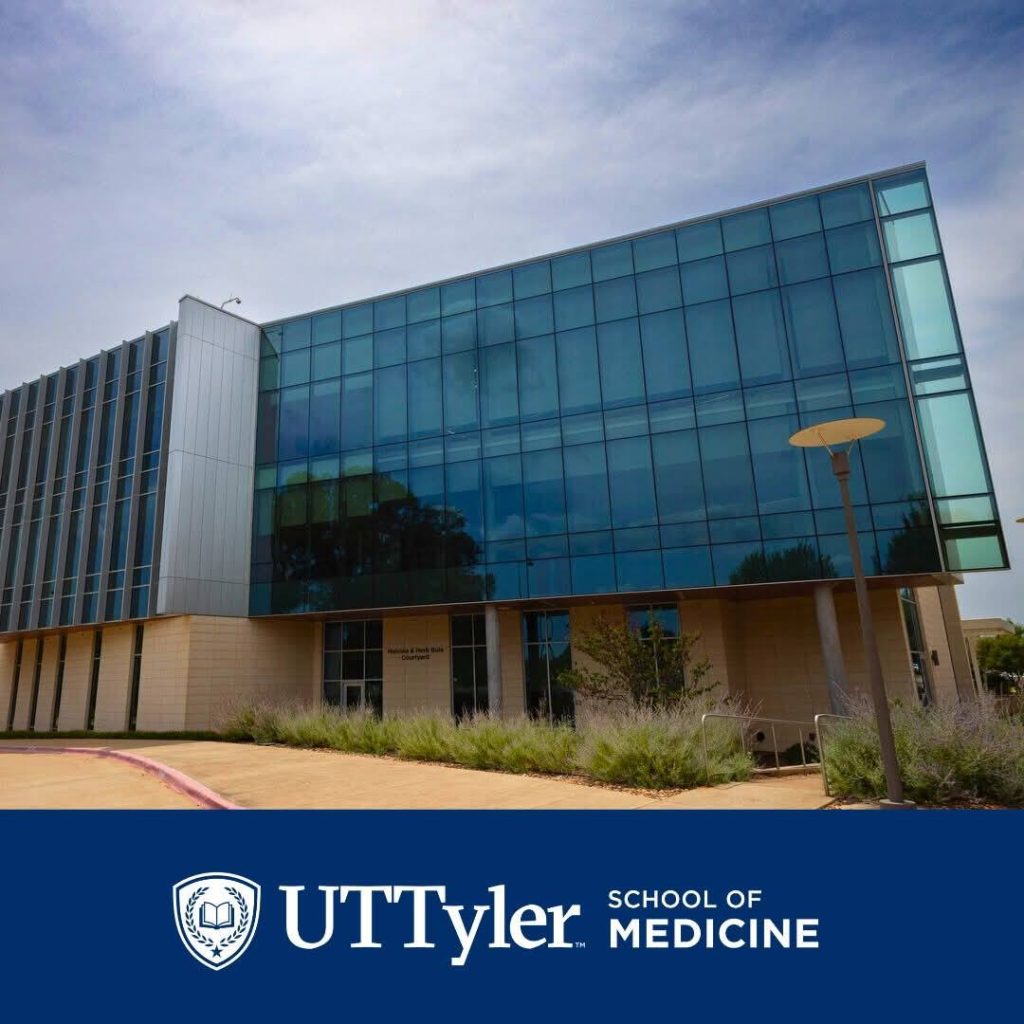
Pneumonia is the leading cause of empyema, which affects up to 65,000 people in the U.S. each year. Current treatments, including drainage, surgery, or clot-busting medication, aren’t always safe or effective. Clot-busting medication breaks down the solidified fluid but can lead to other complications. Komissarov’s team is developing a new medication to pair with existing clot busters, increasing their effectiveness while reducing the dose and risk of side effects.
“Many patients—especially the elderly, children or those with other health conditions—can’t safely use current clot-busting drugs,” said Komissarov. “Our therapy aims to make this treatment more accessible and effective for those vulnerable groups.”
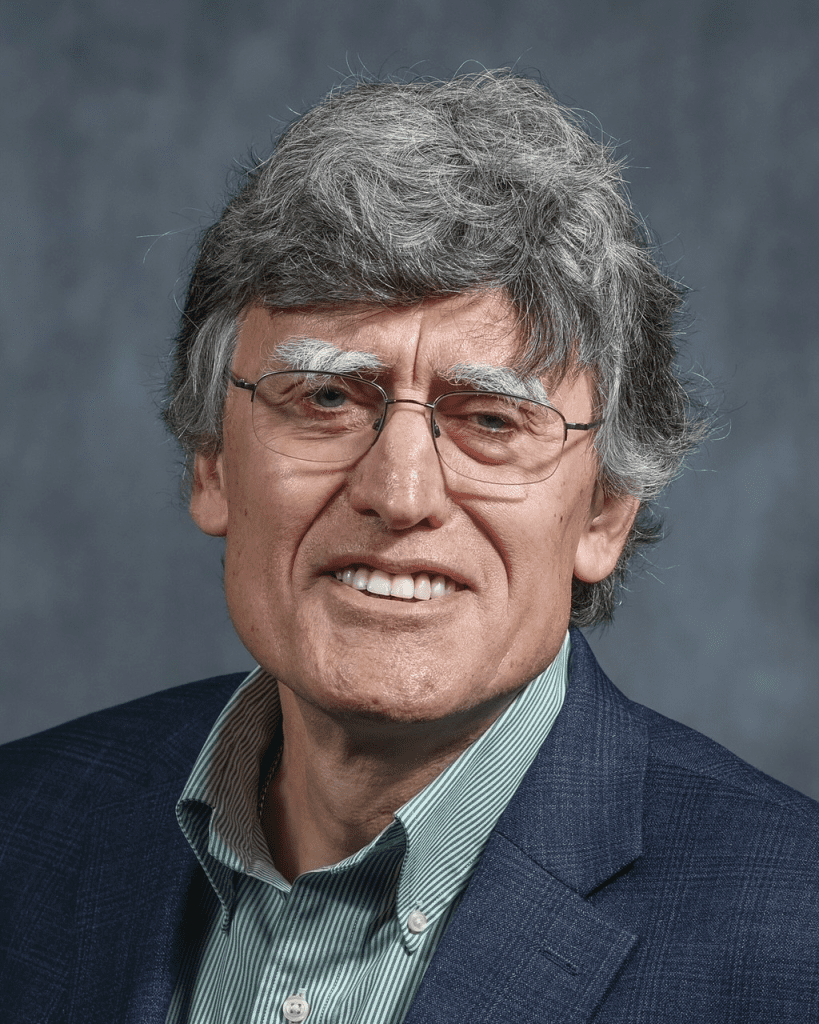
In collaboration with SignaBlok, the team plans to add an agent to the treatment and target both the clots and inflammation. This will help reduce swelling and drain the infected fluid, improving the treatment’s effectiveness.
“This isn’t just about investing in a treatment to extend and improve lives today,” said Komissarov. “It’s about paving the way for future scientists and physicians to continue this work. None of this would be possible without the tremendous support of UT Tyler, especially President Julie Philley, MD. Her commitment to research and innovation has been instrumental in making projects like this a reality.”
With a mission to improve educational and healthcare outcomes for East Texas and beyond, UT Tyler offers more than 90 undergraduate and graduate programs to more than 10,000 students. Through its alignment with UT Tyler Health Science Center and UT Health East Texas, UT Tyler has unified these entities to serve Texas with quality education, cutting-edge research, and excellent patient care. Classified by Carnegie as a doctoral research institution and by U.S. News and World Report as a national university, UT Tyler has campuses in Tyler, Longview, Palestine, and Houston.
Courtesy photo by The University of Texas at Tyler’s School of Medicine

